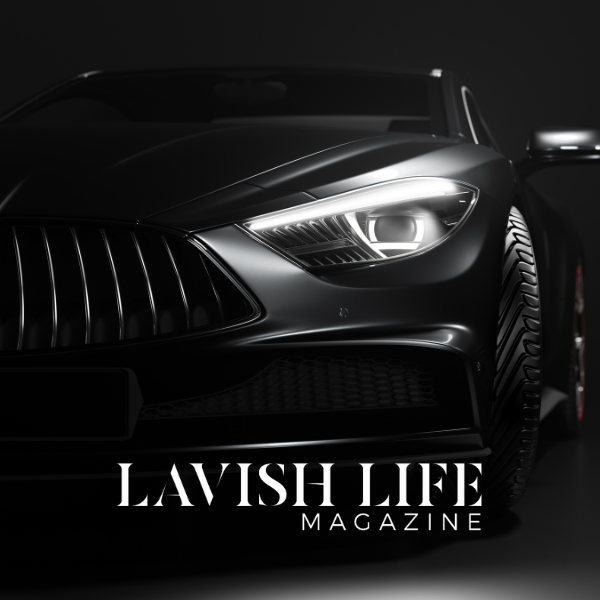Why the Porsche 911’s Last Air-Cooled Generation Is Put on a Pedestal

Porsche‘s air-cooled swan song was sung by the 993 series, begun in late 1993 and brought to the United States for model years 1995 through 1998. It was the last of the air-and-oil 911s, and the fact that these cars have achieved cult status is no surprise; they were the most refined, powerful, and—for many Porschephiles—beautiful of all 911s to that point. That is a topic, however, of some debate for those attracted to the curvaceous, pontoon-style front fenders of the original 911 that was carried through the 964 series . . . an argument best left for another time.
After the 993 launched, North America got Carrera coupes and cabriolets in two- and four-wheel-drive versions. The Targa, with a novel sliding roof, was introduced in 1996—only available with a rear-wheel-drive setup. There were Turbos, as well as other interesting 993 model variants, including the Turbo S, but Porsche never saw fit to bring sporting 993 RS versions stateside.
This 1995 Porsche 911 Carrera coupe, an example of the model’s 993 generation, sold for $103,600 through RM Sotheby’s in 2023.
Motorcar Studios, courtesy of RM Sotheby’s
Rarer still are the Carrera Cup race cars, such as the 1995 RSR 3.8, and other high-six-figure collectibles. But it’s difficult to beat a “garden variety” 993 Carrera 2, evolved from the preceding 964 series and a car extracting all Porsche had to give before emissions and noise regulations necessitated the switch to the water-cooled 996 series, brought to the U.S. in 1999.
Water cooling was also the only way that output could be increased substantially from the 268 hp of the 993’s 3.6-liter, air-cooled flat-six engine to 300 hp with the 3.4-liter, water-cooled flat-six in the newfangled 996. This writer owned both a 1997 C4S and a 1999 Carrera 2 from new, and switched regularly between both for a few years. The modern advancements of the quiet, powerful 996 were always welcome, but it was the 993 that tugged at air-cooled heartstrings.

The interior of this 993 example features heated power seats and an electric sunroof.
Motorcar Studios, courtesy of RM Sotheby’s
The 993’s compelling performance is owed in part to a responsive pedal box whose throttle, brake, and clutch work in perfect harmony with responsive steering and the car’s relatively light weight. The result is arguably the ideal Porsche driving experience. Short of the drag strip, the 993 is at home on any road, and the more twisty and scenic the better. The 993 reminds one that it doesn’t take a 500 hp GT3 to stir emotions and a visceral response. Working a little harder and smarter, the 993 delivers greater rewards than cars with multiples of its power on paper.

The air-cooled, 3.6-liter flat-six engine makes 268 hp.
Motorcar Studios, courtesy of RM Sotheby’s
Ownership is generally without surprises, and while these are now “old” cars, the 993 was solidly built, with parts and service readily available. Demand for the last air-cooled 911s seems to be increasing, which suggests that anyone getting on the 993 bandwagon would do well to jump on sooner than later. As with other 911s, coupes are the first choice, with Targas and cabriolets falling behind, the latter by 20 percent or more.

The 993 has a responsive pedal box whose throttle, brake, and clutch work in perfect harmony with responsive steering and the car’s relatively light weight.
Motorcar Studios, courtesy of RM Sotheby’s
Turbos and RS versions, never originally in the U.S. market, are beyond $150,000, yet expect to pay around $85,000 for a 1996 Carrera 2 in good condition, and $140,000-plus for a garage queen. A wide-bodied Carrera C2, circa 1977 through 1978, can command more than twice as much. Tiptronic models take a 15 percent or greater price hit, as few collectors looking for a pure 911 experience want an automatic transmission. As is the case in 911-land, Paint to Sample or oddball colors can command a substantial premium.
Click here for more photos of this 1995 Porsche 911 Carrera coupe.
This 1995 Porsche 911 Carrera coupe, an example of the model’s 993 generation, sold through RM Sotheby’s in 2023.
Motorcar Studios, courtesy of RM Sotheby’s
Authors
-

Robert Ross
Automotive editorial consultant Robert Ross began his publishing career in 1989, and has worked with Robb Report from 2001 to present writing about art, design, audio and especially cars—new and old…




